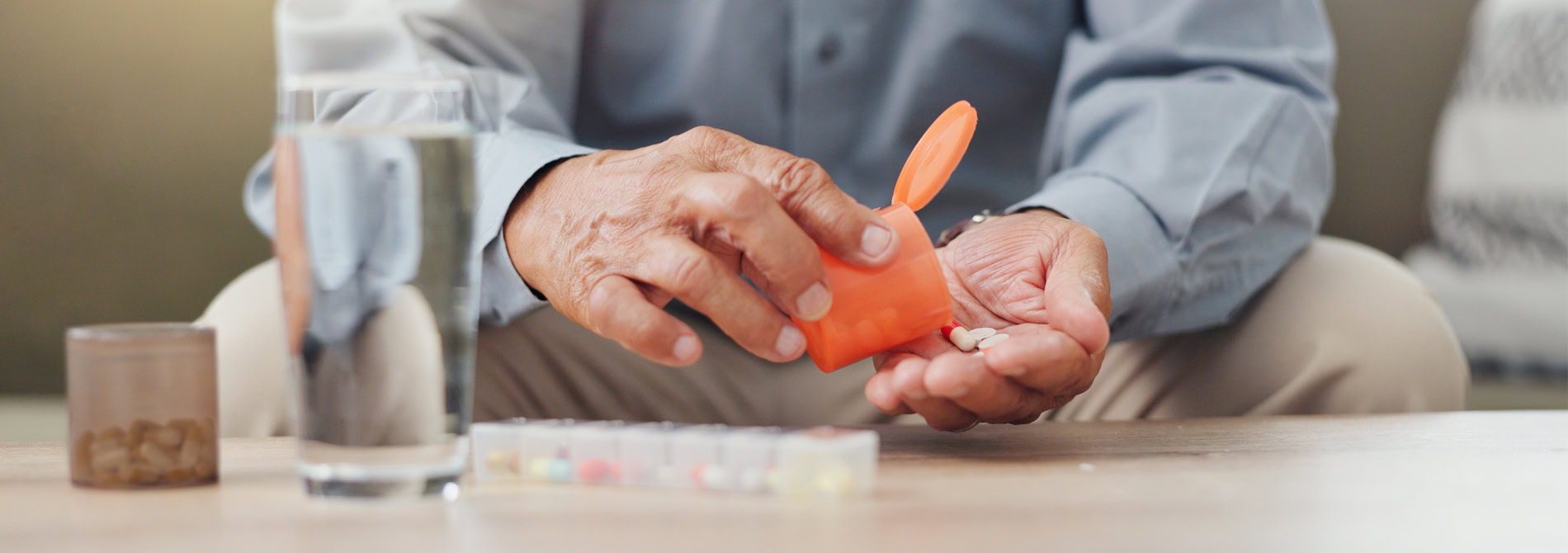Effective treatment programs understand how gender plays an important role in addiction. Gender differences in addiction and recovery can even play a role in the misuse of specific drugs or alcohol. That’s why a treatment resource designed with gender in mind can be a helpful next step in getting your recovery started. Today, let’s look at some of the main gender differences in substance use.
Looking at the relationship between gender and addiction can help you recognize the unique risks of men and women developing a substance use disorder. Some of these differences come from biological qualities while others are influenced by social conditions. Women are more likely to use prescription opioids which lead to addiction and they become drunk faster on lower amounts of alcohol. Men are more likely to misuse alcohol and marijuana, and they’re more likely to die from an opioid overdose. Women are more likely to need treatment for occurring mental health disorders than men do.
If you or a loved one need help, call our admissions team today at 561-841-1033.What Are the Differences in Addiction Between Men and Women?
Addiction has been documented and tracked in men a lot longer than women, but the relatively new focus on women has revealed some interesting differences between the genders. Adult men are about twice as likely to misuse drugs and roughly twice as likely to develop a substance use disorder. The youth numbers show something quite different, though. Between the ages of 12 and 17, boys and girls use illegal drugs at the same rate.
How Does Gender Impact the Abuse of Specific Substances?
Substance abuse and gender differences are apparent in a variety of drugs and alcohol. For today, we’ll look at the differences in four substances: marijuana, opioids, stimulants, and alcohol.
ALCOHOL
Alcohol is one substance where the effect on men differs from women. Men report alcohol use disorders at higher rates than women, but women experience serious problems from drinking faster than men do. The reason is biological. A lower percentage of water in a woman’s body and slower metabolism means women can become intoxicated on smaller amounts of alcohol.
The choice to drink appears to come from different circumstances, too. For men, drinking can be a time for social bonding or celebrating something positive. For women, drinking may follow periods of stress or other negative feelings.
STIMULANTS
Unlike alcohol misuse, the rate of men and women misusing stimulants are roughly the same. This list includes substance abuse of prescription medications, cocaine, and methamphetamine. Other evidence suggests the hormone levels in women’s bodies can lead to higher risks of stimulant misuse. For example, pregnant women with even higher levels of estrogen and progesterone have become dependent on meth at higher rates in recent years.
OPIOIDS
Overdose death from prescription use of opioids occurs in men at higher rates. The increase in overdoses in women is much more significant, though. One factor for a woman developing an opioid use disorder may come from being prescribed a higher amount to be used over a longer period. Gender differences appear in the use of the illegal opioid heroin, too. Men’s first-time with it tends to be with a friend while the first time for one in every two women happens with a sexual partner. Men tend to use larger amounts of heroin over longer periods of time. Also, they are more likely than women to inject it.
MARIJUANA
Men are twice as likely to misuse marijuana daily with more opportunities to start using it. Young women tend to start using it a year later than men, but those who misuse it are more likely than men to have mood or anxiety disorders. On the flip side, men misusing marijuana are more likely to behave in inappropriate ways around others when under the influence.
Gender Differences in Treatment
One of the most noticeable gender differences in addiction and recovery is the lower number of women in treatment. Nationwide, only one in three patients in treatment is female. A larger stigma of addiction for women, lower pay, and less income are often factors in keeping them from looking for treatment services. The route to treatment looks different as well. Men are more likely to be referred to treatment as part of a court’s decision, and women are twice as likely to get a referral from healthcare providers and government agencies.
Another significant treatment difference in genders is the higher rate of mental health disorders in women. That means a patient with a substance use disorder will need treatment for co-occurring anxiety, depression, post-traumatic stress, or some other issue. Other differences appear in the unique needs for sexual healthcare in women as well as childcare and family support for primary caregivers in recovery.
Gender-Based Addiction Treatment at Hanley Center
Hanley Center offers a safe and supportive environment for women of all ages. We place a strong emphasis on issues specifically affecting a woman in recovery. Mental health care is an important part of a program for substance use, and we treat these aspects of a woman’s life in an integrated way. Women participate in evidence-based therapies, individual and group therapy, and activities with other women in recovery. They learn the strategies needed to stay sober once a program ends and plan for aftercare to support that mission.
In a separate unit at our center, we treat men with substance use disorders in a program designed to meet their unique recovery needs. Men can get help with specific challenges in life that may be worsening their addiction. Those areas include recognizing what relationships are toxic, learning anger management skills, and dealing with grief and loss.
Hanley Center is a well-known care provider offering a range of treatment programs targeting the recovery from substance use, mental health issues, and beyond. Our primary mission is to provide a clear path to a life of healing and restoration. We offer renowned clinical care and have the compassion and professional expertise to guide you toward lasting recovery.
For information on our programs, call us today: 561-841-1033.




